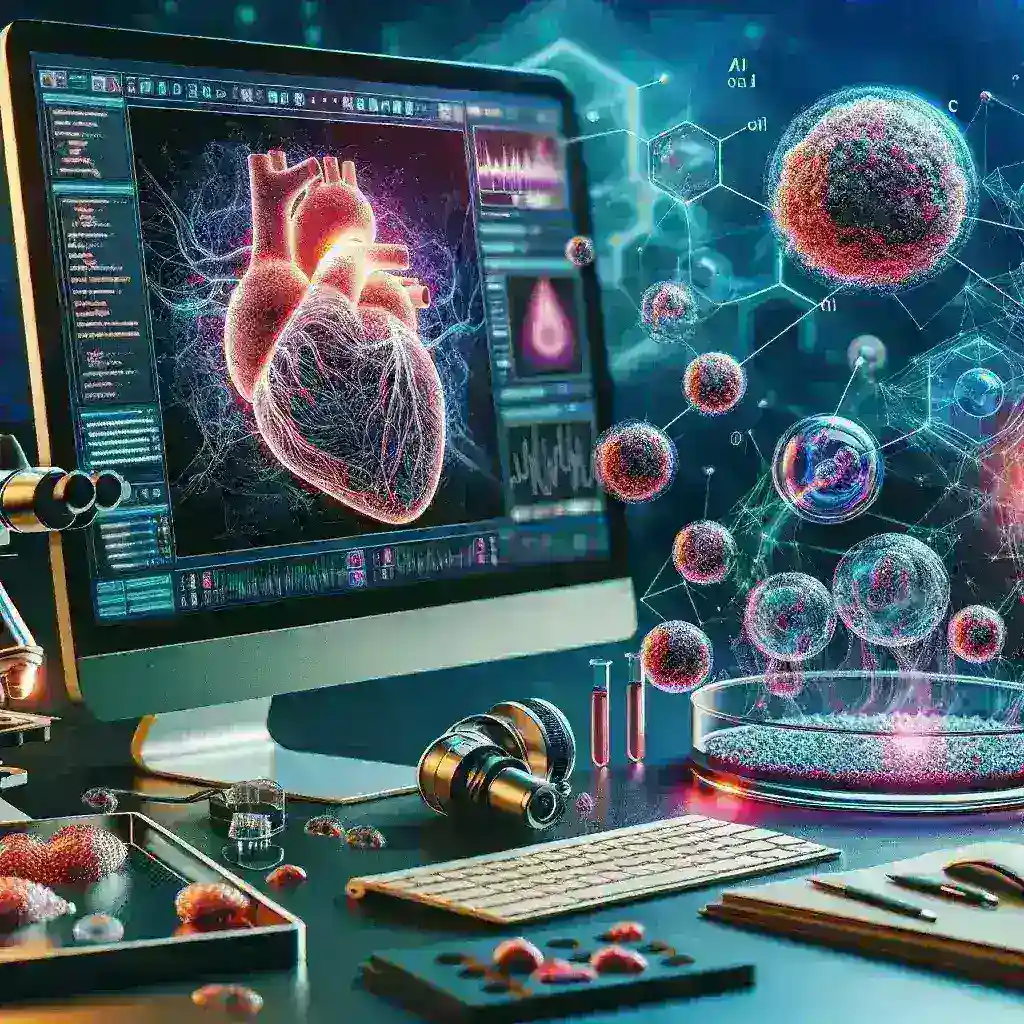Introduction
The convergence of artificial intelligence (AI) and stem cell research is creating a transformative impact on the field of organ regeneration. With the potential to repair or replace damaged organs, this innovative approach is set to redefine therapeutic strategies and enhance patient outcomes. In this article, we will delve into how AI-powered stem cell programming is accelerating organ regeneration research, the challenges that lie ahead, and the promising future of this pioneering technology.
The Intersection of AI and Stem Cell Research
Stem cells, as the body’s raw materials, possess the unique ability to develop into various cell types. Their capacity to regenerate damaged tissues makes them a focal point of modern biomedical research. Meanwhile, AI, with its capability for vast data analysis and predictive modeling, is proving to be a game-changer in optimizing stem cell applications.
Understanding Stem Cell Programming
Stem cell programming refers to the process of instructing stem cells to differentiate into specific cell types. This process is crucial for organ regeneration as it allows for the creation of functional tissues that can replace damaged or diseased organs. Traditionally, this programming has been a labor-intensive and time-consuming procedure.
The Role of AI in Accelerating Research
AI technologies, particularly machine learning and deep learning algorithms, are revolutionizing stem cell programming. Here’s how:
- Data Analysis: AI can analyze vast amounts of biological data to identify patterns that human researchers might overlook. This capability allows for more efficient identification of optimal conditions for stem cell differentiation.
- Predictive Modeling: Machine learning algorithms can predict how stem cells will respond to various stimuli, enabling researchers to design better experiments and accelerate the development of regenerative therapies.
- Automation: Automated systems powered by AI can manage complex experimental protocols, reducing human error and speeding up research processes.
Historical Context of Organ Regeneration
The concept of organ regeneration is not new. Historically, regenerative medicine has evolved from the use of grafts and transplants to the exploration of stem cells. The advent of AI in recent years has reinvigorated this field, offering unprecedented opportunities for innovation.
Breakthroughs in Stem Cell Research
Significant breakthroughs in stem cell research have paved the way for AI integration. For instance, the ability to derive pluripotent stem cells from adult tissues has opened new avenues for regenerative medicine. AI can now assist in refining this process, leading to more effective therapies.
Future Predictions: The Path Ahead
As AI continues to evolve, so will its applications in stem cell programming and organ regeneration. Experts predict that:
- **Increased Precision:** AI will enhance the precision of stem cell differentiation, leading to higher success rates in organ regeneration.
- **Personalized Medicine:** Tailoring stem cell therapies to individual patients based on genetic data will become more feasible.
- **Expedited Clinical Trials:** AI can streamline the clinical trial process, reducing the time required for new therapies to reach the market.
Pros and Cons of AI-Driven Stem Cell Programming
Pros
- Efficiency: Faster research and development cycles.
- Improved Outcomes: Higher likelihood of successful organ integration and function.
- Cost-Effectiveness: Reduced costs associated with trial and error in stem cell experiments.
Cons
- Ethical Concerns: The use of AI in stem cell research raises ethical questions regarding autonomy and consent.
- Data Privacy: Handling sensitive genetic information requires stringent privacy measures.
- Dependence on Technology: Over-reliance on AI may overshadow traditional research methodologies.
Real Examples of AI in Action
Several research institutions are harnessing AI to drive innovations in stem cell research. For example, a leading biomedical lab used machine learning algorithms to develop a new method for differentiating stem cells into cardiac cells, resulting in a 50% increase in efficiency compared to traditional methods.
Cultural Relevance and Impact
The integration of AI in stem cell research not only has scientific implications but also cultural ones. As regenerative therapies become more advanced, societal perceptions of aging and chronic diseases may shift significantly. The prospect of regenerating damaged organs may lead to discussions on the ethics of longevity and health equity.
Conclusion
AI-powered stem cell programming is at the frontier of organ regeneration research, promising to accelerate advancements and improve patient outcomes. By combining the strengths of both fields, researchers are on the brink of groundbreaking discoveries that could change the landscape of medicine. As we move forward, it is crucial to navigate the ethical landscape and ensure that the benefits of these advancements are accessible to all.

